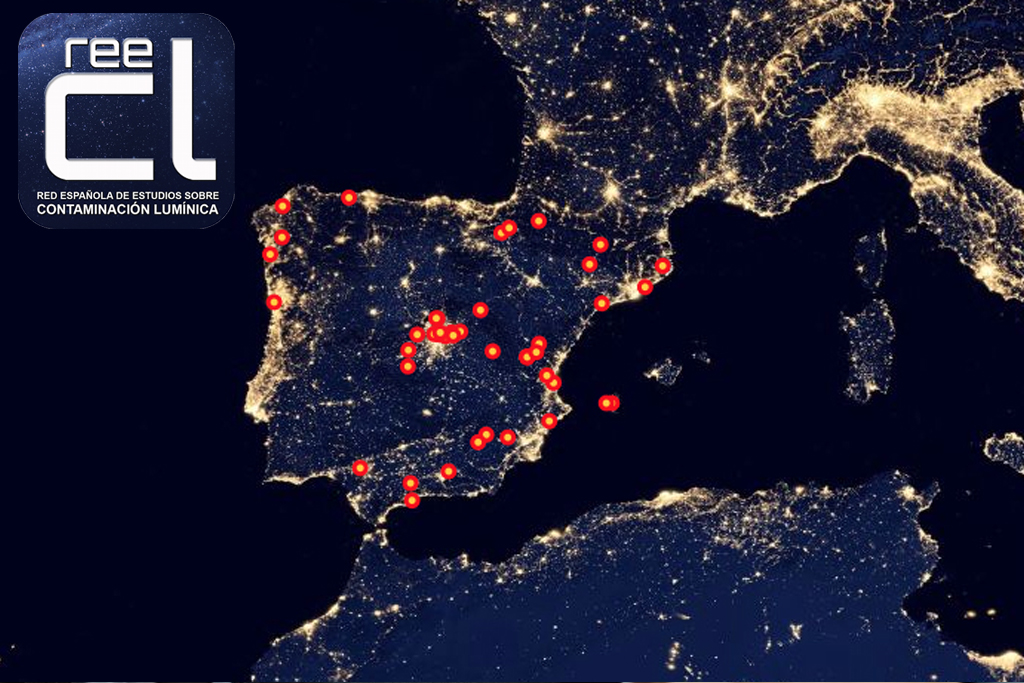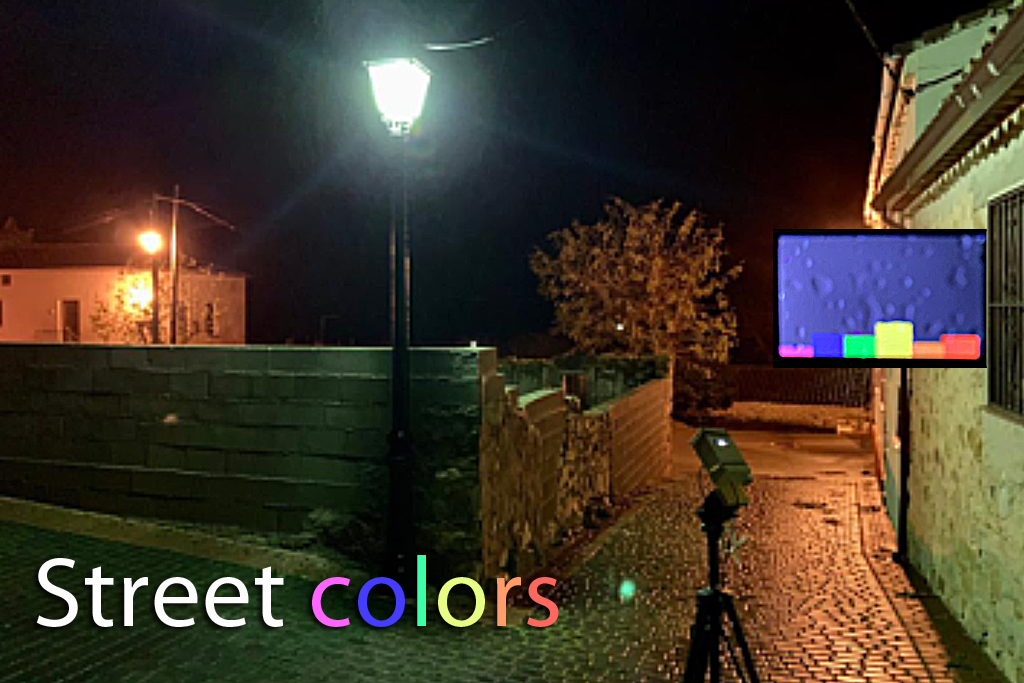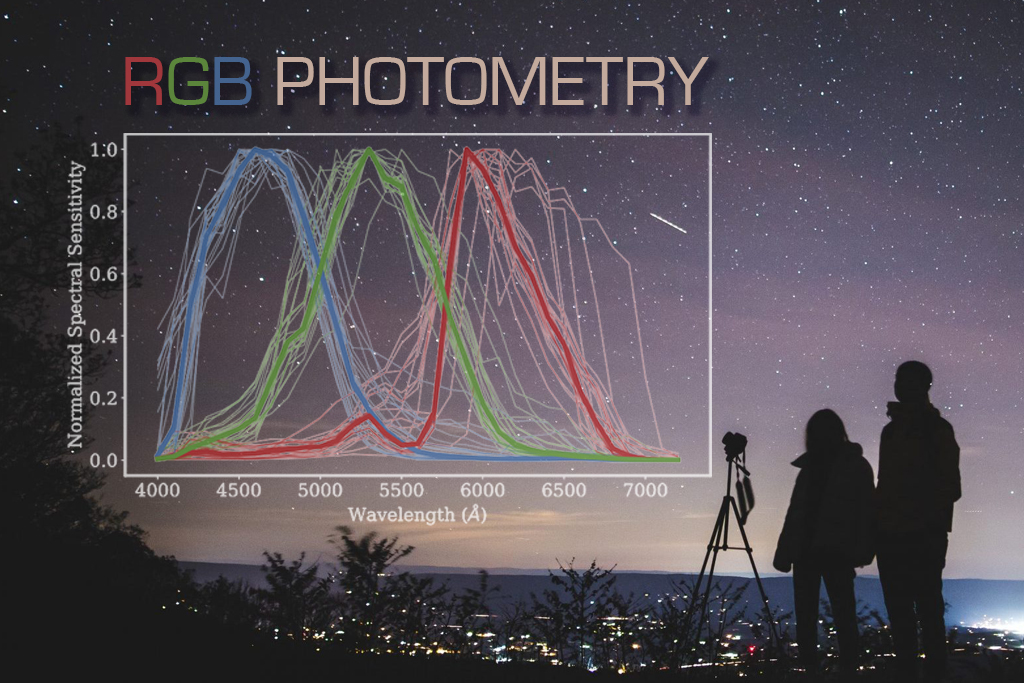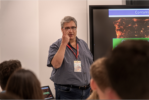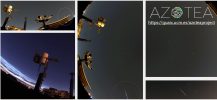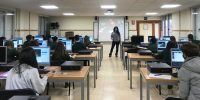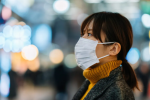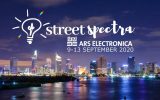The study of light pollution is one of the most innovative research topics, with the greatest scientific and social impact growth in recent years. The scientific results of this research line have lead our group to participate in numerous congress around the world, and collaborate on many publications.
ACTION
STARS4ALL
Our research

ACTION and STARS4ALL are projects funded by the European Union H2020 Programme.
Light pollution
Light pollution refers to artificial light that alters the natural patterns of light and dark. It comprises direct glare, chronically increased illumination and temporary, unexpected fluctuations in lighting. The sources of light pollution include sky glow, illuminated buildings, streetlights and even lights from vehicles.The harmful effects involve the humankind as well as the animal and vegetable kingdoms. Our research projects try different approaches to measure and study light pollution.

Measuring sky brightness from the ground
To take measurements of light pollution a good proxy is measuring the effects of artificial light on the nocturnal sky brightness. The values of the natural sky brightness are affected not only on the very local light sources like traffic but also by cities up to 300km of distance.
SQM photometers network
Sky brightness varies along time. Values evolve during the same night for natural and artificial reasons such as the moon, the clouds and human activity. They are different as well in winter and summer and finally it evolves during the years as new artificial light sources are installed.
For this reason it is necessary to install permanent photometers to properly study light brightness evolution. Our first network was deployed using SQM photometers.
TESS photometers
In order to get scientific high quality data we developed our own photometer and deployed a new network around the world.
All TESS photometers are calibrated at LICA laboratory and mounted on a weatherproof enclosure to monitor sky brightness every night.The design includes a temperature and IR sensor to let the researcher know whether the sky is clear or cloudy.
Nixnox
Sky brightness shows different values depending on the direction where you are taking the measurements. This project involves both professional and amateur astronomers and aims to characterize the sky of several locations.
In its website you will find more than 180 locations with useful information for a stars gazing night such as pictures, directions, facilites and 360º plots showing the brightness values of the whole sky.
Street spectra
This citizen science project aims to compile a database of spectral contents and geographical distribution of light sources.Volunteers are using their smartphones with a low cost diffraction grating on top of its camera. The resulting spectra are classified by comparing them with well known categories so the results can be mapped.
AZOTEA
Street colors
Rgb photometry
Catalogue of bright stars that can be used for calibration purposes.
1346 flux calibrated stellar spectra that by itself already constitutes a library of bright spectrophotometric standards suitable for spectroscopic calibrations, and the corresponding synthetic RGB magnitudes derived from the.
It can be used as a reference for future work on several astronomical fields, where the collaboration of many observers equipped with high-quality digital cameras may provide data that facilitate the research advancement.
Images of the Earth at Night from space
Nocturnal images of the Earth taken from satellites speak by themselves of the inappropriate and excessive illumination. The observed light comes from artificial illumination that escapes to space. By analyzing the images we can pinpoint the sources and quantify their intensity. A comparison between satellite imagery and data taken on Earth is a key step to progress in our study of light pollution. Images taken at different epochs will inform on the evolution of the problem.
Cities at Night
Cities at Night is a citizen science project that aims to create a map, similar to Google maps, of the earth at night using night time colour photographs taken by astronauts onboard the ISS.
NASA has a database with almost half a million of these pictures.To organise all this data with the use of computers would be infeasible since it would take extremely complex algorithms to interpret the photographs.
For this reason the project has developed different apps to resolve the task by citizen science.
Recent news about this research line
Check our publications
The study of light pollution is one of the most innovative research topics. Our group has published several papers with the greatest impact on the Altmetric index worldwide.
Contact
Professor Jaime Zamorano:
jzamorano@fis.ucm.es
Location:
Facultad de Ciencias Físicas UCM
Tweet about this site:
Logics will get you from A to B, imagination will take you everywhere. (Albert Einstein ?)



